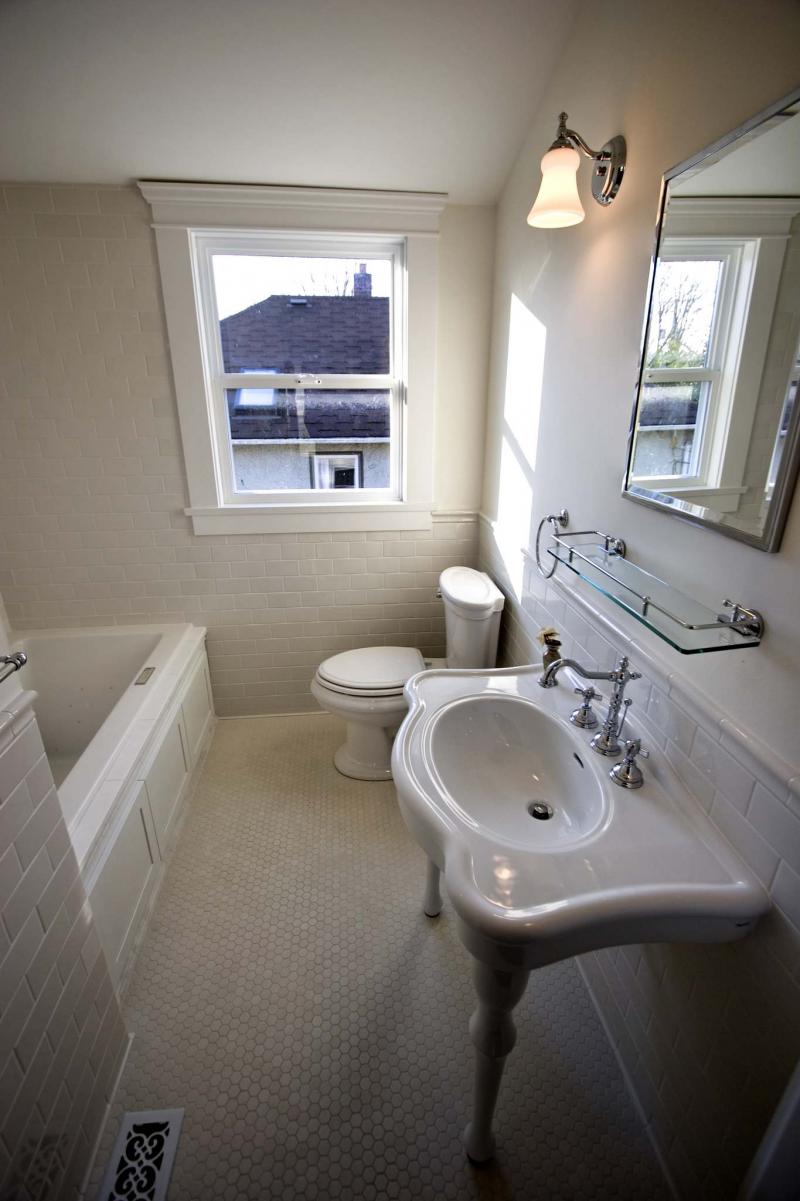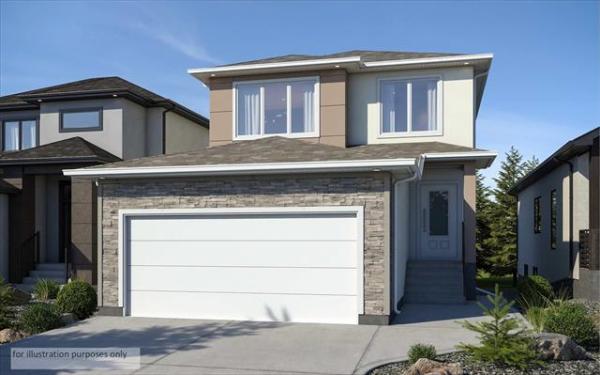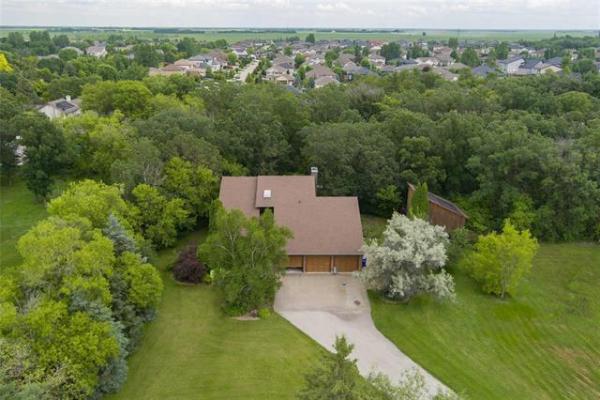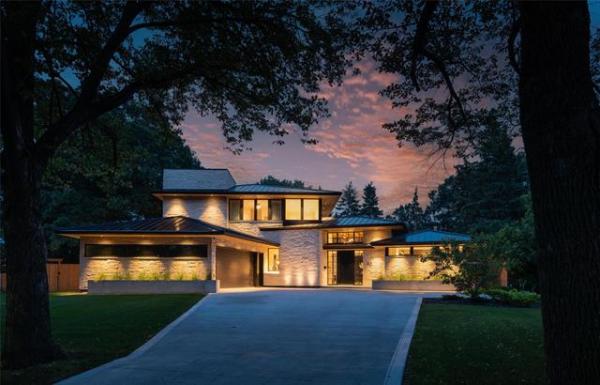
Darren Stone / Victoria Times Colonist files
Older windows may have a gap between frame and the wall. If this area is mostly uninsulated it may be an ideal location for condensation.
Question: Would putting cedar on the ceiling in a bathroom stop paint from peeling around the inside of an old window on the outside wall?
Thank you for your advice, Doug Flanigan.
Answer: There may be several reasons for paint to peel on walls or ceilings in a home, but when it occurs in a bathroom, the answer may be quite obvious. Exploring some of these possible causes may be worthwhile, but installing a new covering on the ceiling, even cedar, will not solve the root cause. A permanent solution may require more than one repair, but getting rid of excessive moisture will be paramount.
Painted surfaces may deteriorate or peel over time due to several reasons. Excessive sunlight, poor surface preparation, dirt or mechanical damage can all be suspects, but moisture is the most common issue. The moisture can either be in the wall covering, behind it, or on the surface. Either way, eliminating or minimizing the source will be the only way to prevent a recurrence.
Cedar is a wood that may be well-suited to high-humidity areas such as bathrooms due to its natural resistance to rot, but simply installing it on the surface of a ceiling will not be enough to prevent future paint damage on nearby walls. Another positive property of unfinished cedar is the ability to easily absorb and release water vapour, due to the nature of this softwood. That is why it has traditionally been used in areas such as saunas or around pools. Installing it on the ceiling in a damp bathroom may help somewhat in this regard but will not prevent damage to wall coverings in other areas of the same space.
The true culprit of the peeling wall paint will undoubtedly be the inability to quickly ventilate the bathroom after it becomes steamy from a hot shower or bath. Excessive water vapour in the air will contact cooler surfaces and condense. This could happen on any wall in your bathroom but will be more likely on the exterior wall. The older window may provide some ventilation for much of the year but may not be effective or operable in really cold weather. For this reason, installation of a properly vented exhaust fan is the only true solution to the wall damage. Ensuring the fan is properly vented to a dedicated vent hood, through an insulated duct in the attic, is critical. A wall-mounted fan may also be an alternative if the attic is not easily accessible.
While high humidity inside the bathroom is the true cause of your issue, it may also be compounded by the age and condition of the wall itself. Having an older window, there is always the possibility of condensation on the glass, especially in sub-zero weather. If this occurs, excessive water can drip into the window frame and the wall surrounding it. While this may not cause visible damage to the window itself, the moisture within the wall cavity may prevent paint from adhering to the surface and cause it to bubble or peel. This may not be enough to cause the drywall or plaster to crumble but may be sufficient to literally push the paint off the wall surface. The only solution to this may be replacement of the old window with a new, well-sealed PVC unit, but the issue could also around the window itself.
Older windows often have a large gap between the actual window frame or jamb and the wall framing. If this area is mostly un-insulated, it may be an ideal location for condensation. Warm, moist air from the bathroom will enter this cavity and condense when it hits the cold winter air leaking in from the outside. This can freeze in really cold weather, melting and wetting the wall coverings in spring. To solve this issue, the inside window casing should be carefully removed to see if there is sufficient thermal insulation to prevent this from happening. Even if the area is packed with wood shavings, rock wool or fibreglass, it may not be sufficient. Pulling out the older insulation, or cutting back old plaster that is covering this void, will allow for a better repair. Blowing in a small amount of low-expansion foam from a can to fill the cavity should provide adequate protection from air intrusion. It will also warm the cavity, preventing condensation on the wall framing or the window jamb.
Warming up the entire exterior wall with new, better-quality insulation would certainly ensure proper adherence of new paint but may not be necessary. Once the ventilation of the bathroom is completed with a new exhaust fan, the existing wall may have enough air and thermal resistance to prevent moisture issues, except around the window. As already discussed, that is the area to concentrate on with regard to improved insulation and air sealing.
Peeling paint can occur on indoor wall surfaces because of poor wall preparation prior to painting but is much more likely to be due to excess moisture, especially in the humid environment of a bathroom. Improving the room ventilation, regardless of what type of ceiling or wall covering is installed, will be the key to prevention of future problems.
Ari Marantz is the owner of Trained Eye Home Inspection Ltd. and the past president of the Canadian Association of Home & Property Inspectors — Manitoba (cahpi.mb.ca). Questions can be emailed to the address below. Ari can be reached at 204-291-5358 or check out his website at trainedeye.ca.
trainedeye@iname.com



